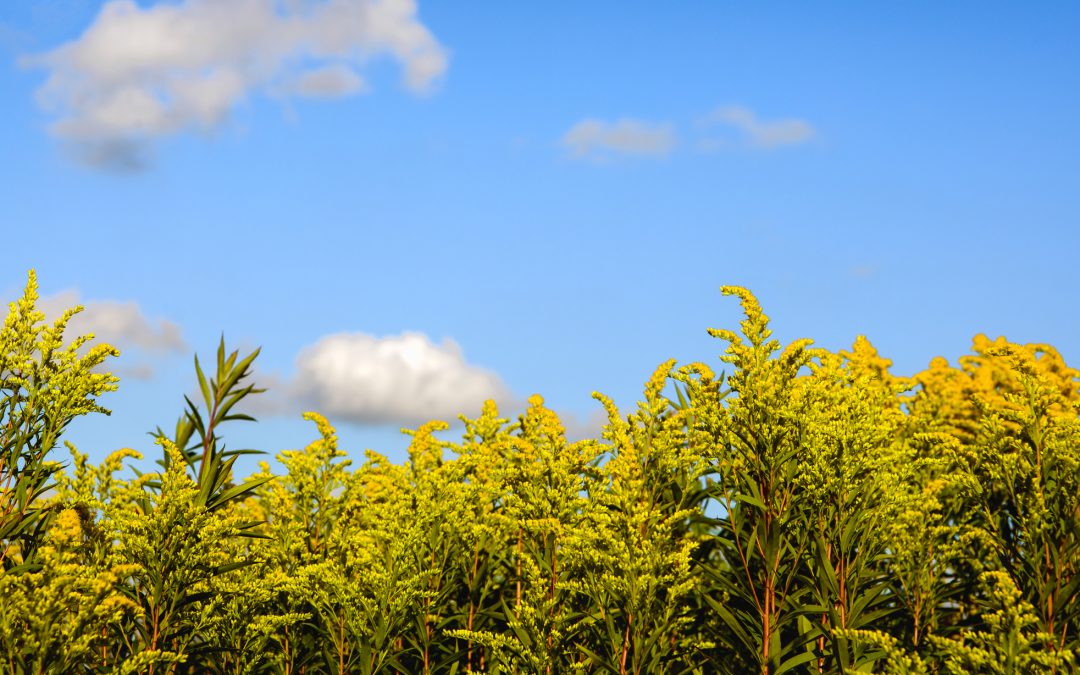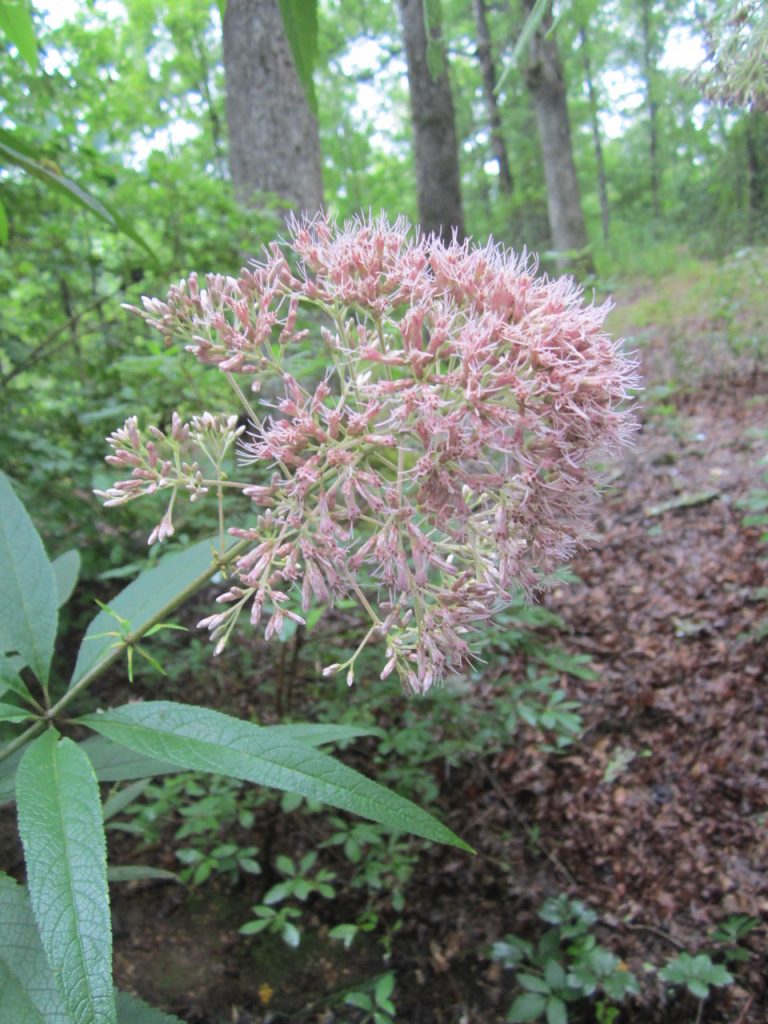To venture out into the countryside in the fall is to discover a garden that one did not have to plant or tend. Many wildflowers are indigenous to our state, and it is in the fall that they flourish and paint the landscape. Here are a few of my favorite Mississippi wildflowers of fall, and I hope these will inspire you to develop an appreciation for the beauty of the natural world and wildflowers.
These are just a few of the wildflowers of autumn that can be found in our state. In Mississippi, we are blessed to have an abundance of open spaces, woodlands, and farmland, and a plethora of wildflowers. We do not have to travel far to find and appreciate the wonders and beauty of the natural world, especially wildflowers. This fall, please go on a wildflower walk. Wildflowers are truly God’s handiwork.
Joe Pye Weed/Queen of the Meadow
This is a wildflower, tall and imposing, that can be found from the hills of North Mississippi to the Gulf Coast. This wildflower has clusters of mauve-pink flowers and will grow to be ten feet tall. It is usually grows in damp meadows or ditches. If you have a ditch that needs to be beautified, this wildflower will fit the bill.
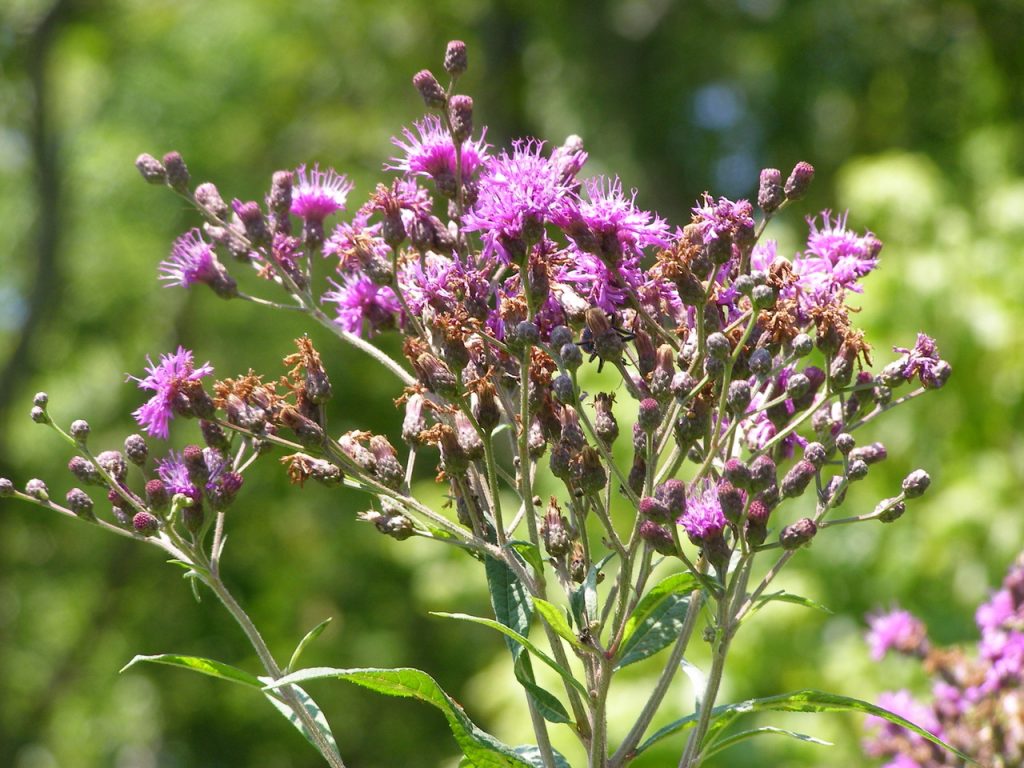
Iron Weed
When ironweed begins to bloom, I know that the seasons are changing. With its clusters of dark purple flowers atop a very tall stem, this stately wildflower enhances fallow fields and roadsides. This wildflower makes a bold statement wherever it blooms. If you have a large garden, this wildflower will add drama to the flowerbed, and butterflies will thank you.
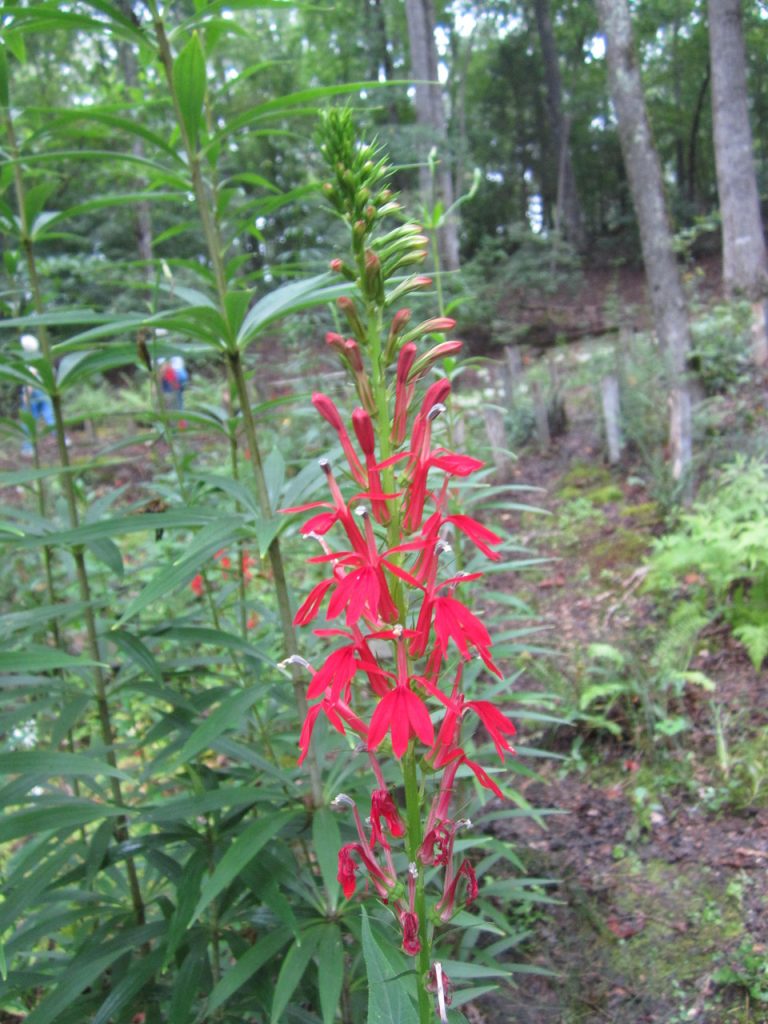
Cardinal Flower
Not all wildflowers, are found in sunny, open fields. The gorgeous cardinal flower of the aster family prefers partial shade along creek banks and in low, moist areas. This wildflower has vibrant red, tubular flowers, and it blooms just in time for hummingbirds as they seek a plentiful source of nectar in preparation for migration. You may try this wildflower in your garden, but do not collect this one from the wild as they are becoming scarce.
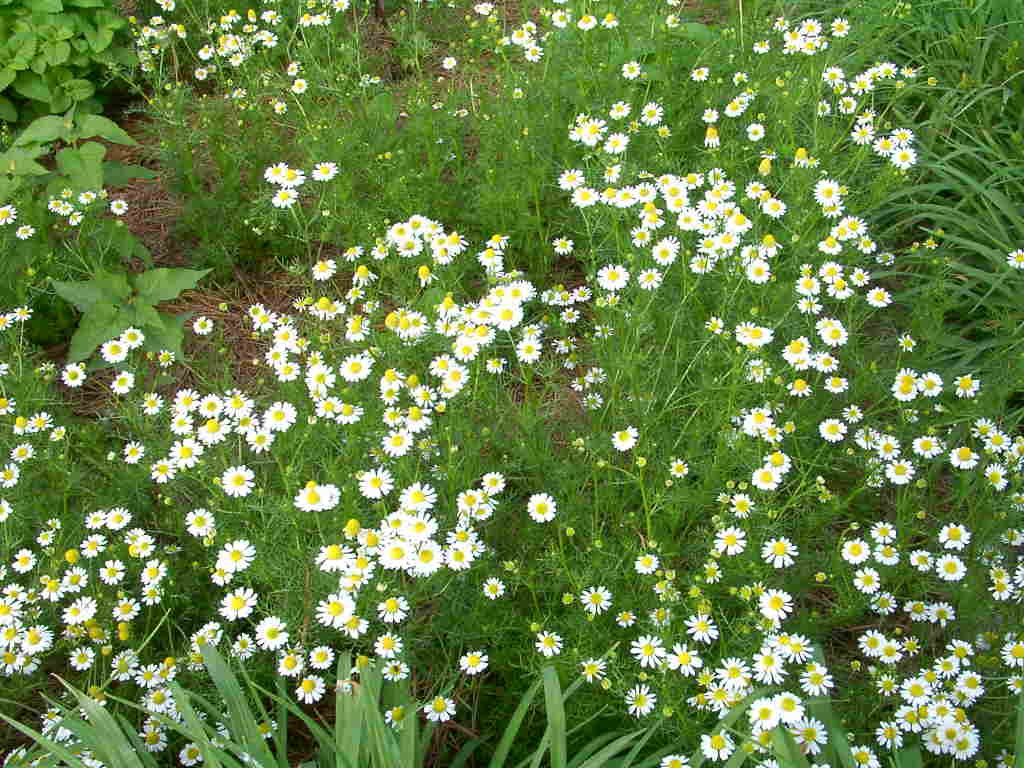
Heath Aster
This is aster native to Mississippi, and the nice thing about this wildflower is that it will persist in spite of an early frost. This native plant is covered with small, daisy-like flowers. They are white and have yellow centers. This is also an excellent cut flower, and it is the host plant for the caterpillars of the pearly crescentspot butterfly.
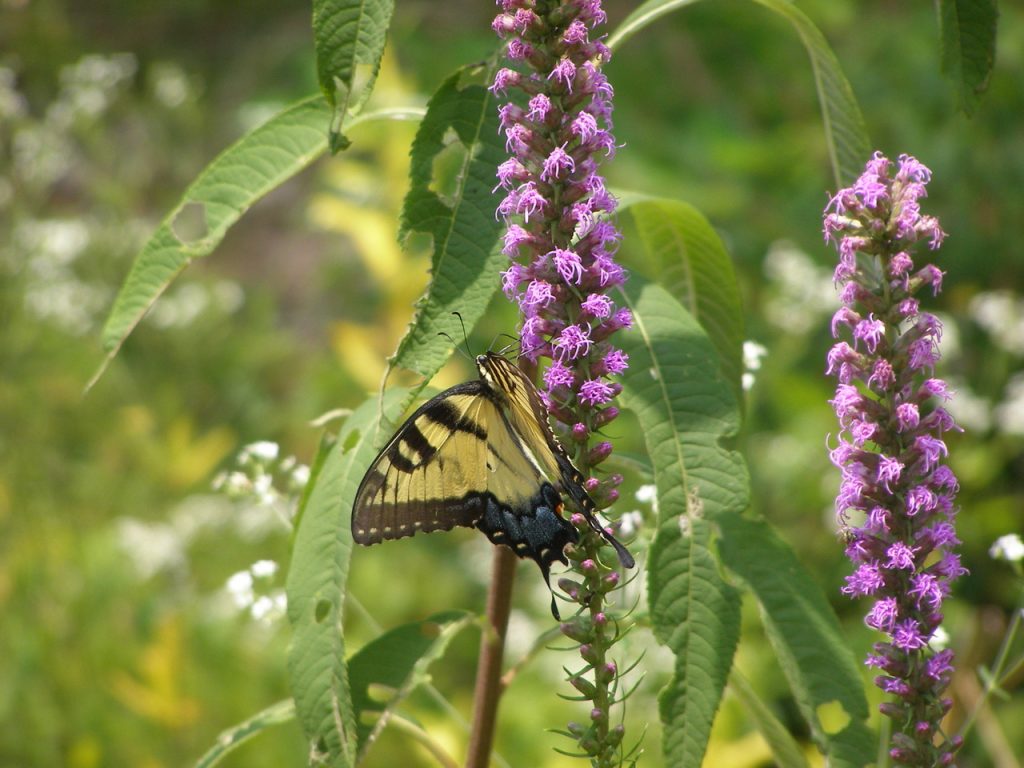
Blazing Star
This tall lavender wildflower is seldom seen without a butterfly attached, and this is a wildflower that has found its way into traditional, even formal gardens. Blooming in late summer and fall in open meadows, blazing star truly lives up to its name. If you want to plant this wildflower in your garden, it can now be purchased at many garden centers or through catalogs, but I think it is at its loveliest in the wild.
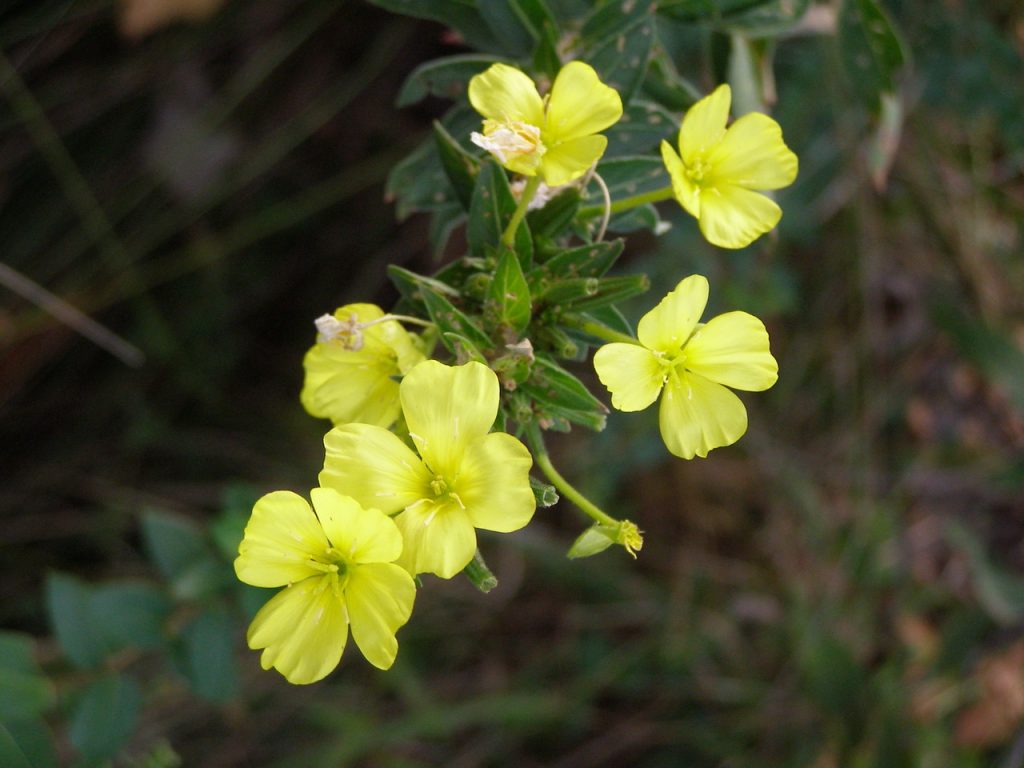
Evening Primrose
When it comes to wildflowers, there are a few that shun the garish light of day, and as its name implies, evening primrose is such a wildflower. This wildflower grows atop a tall stem and has four broad yellow petals, which also have a delightful fragrance. As dusk begins to fall, the flowers open and attract nocturnal pollinators. By morning, these lovely flowers will begin to fade. This is another wildflower that obligingly tries to beautify our ditches and low-lying areas.
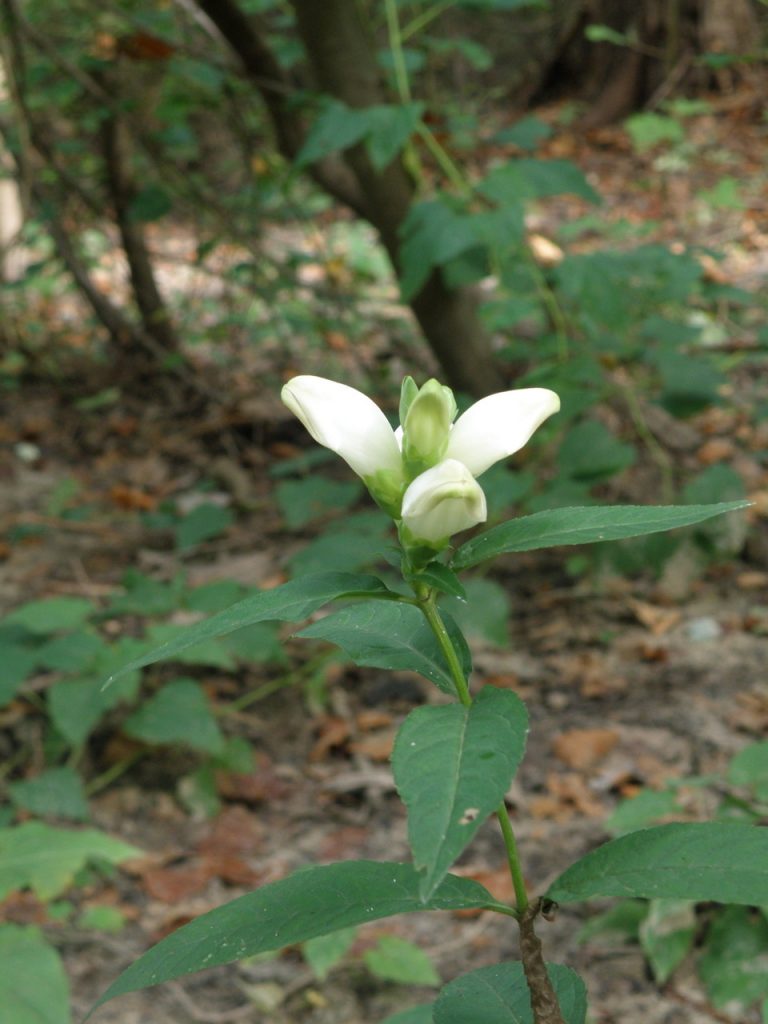
Turtlehead
While you perambulate through the woods on a glorious fall day, be on the lookout for turtlehead, a wildflower that has a rather unflattering common name. The flowers of this native plant are white and often tinged with pink or purple at the tips, and the flowers appear to have an overbite. This wildflower is a member of the Snapdragon Family, and this is another wildflower that appreciates the shade and a moist environment. It is the larval host plant for the Baltimore and buckeye butterflies, and it is best to leave this wildflower for the butterflies.
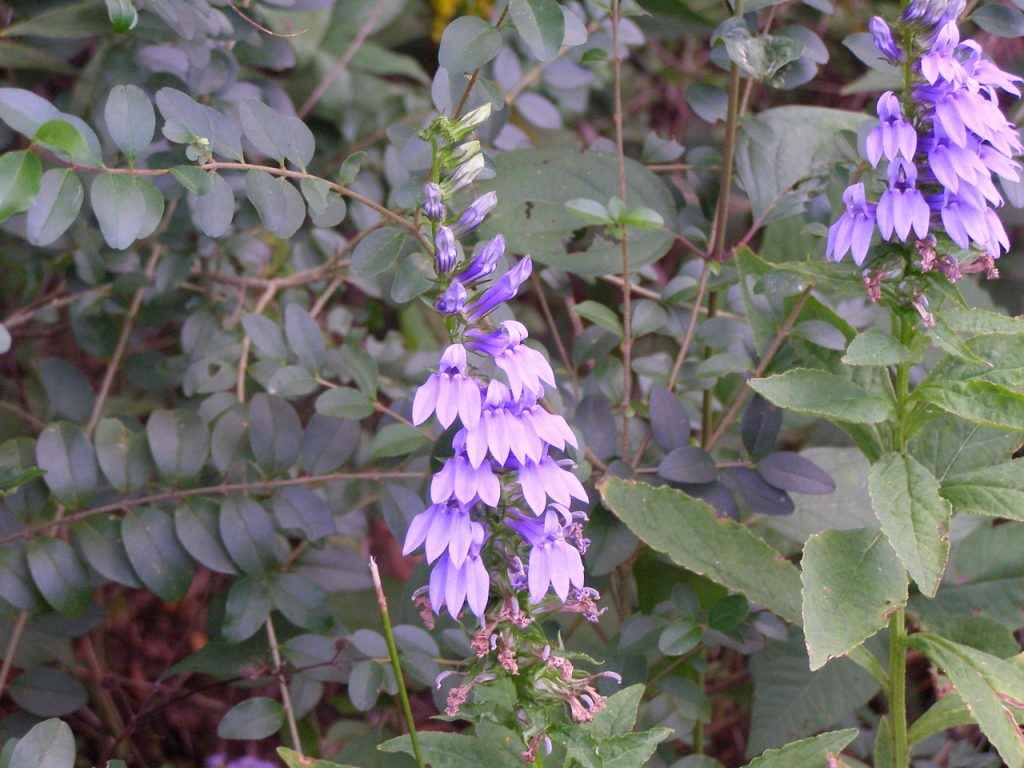
Great Blue Lobelia
Another wildflower that blooms in a similar habitat and at the same time as the cardinal flower is lobelia. This plant has showy blue tubular flowers borne atop a stout, leafy spike, and it attracts hummingbirds and butterflies. This is a wildflower that will make one swoon, but again do not collect from the wild unless its habitat is threatened. The good news is that both cardinal flower and great blue lobelia can now be purchased from garden catalogs or garden centers, but there is nothing like an encounter with these breathtaking wildflowers on a walk in the woods.
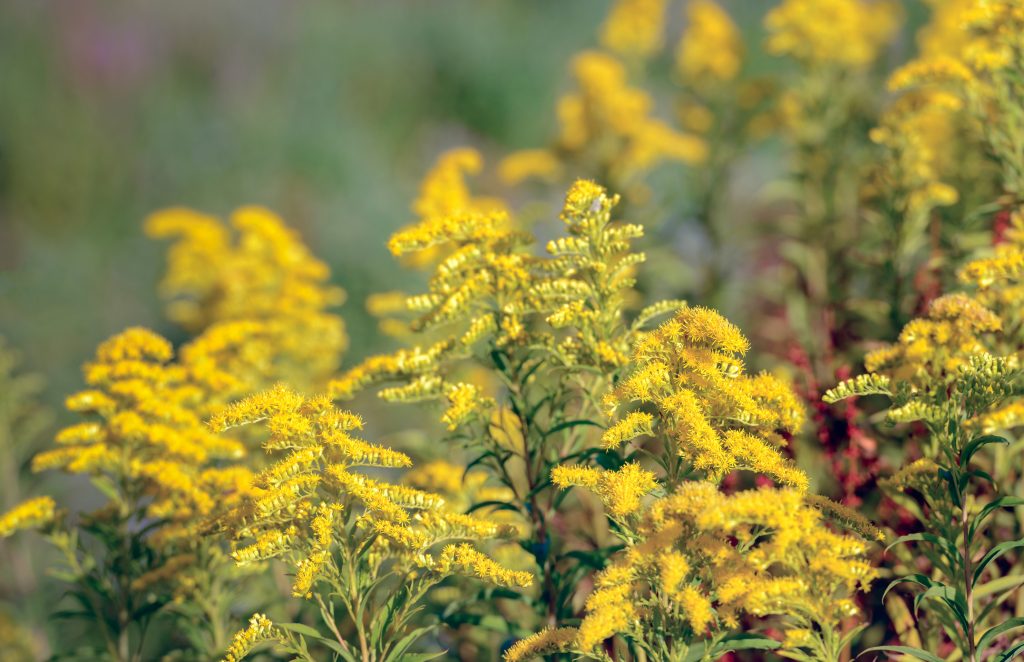
Goldenrod
When our fields and roadsides are abloom with goldenrod, they look as if Midas has touched them. Growing almost five feet tall, the tassels of golden-yellow flowers attract a host of butterflies, bees, and other pollinators. Goldenrod is very common and prolific, and it was one of the first wildflowers the explorers took back to Europe, where it thrives in cottage gardens and on grand estates. Unfortunately, goldenrod has been blamed for provoking allergies, when ragweed is actually the culprit that makes you sneeze. So do not hesitate to cut a few stems of this common wildflower for a fall arrangement. This is a perfect wildflower for a natural garden.

